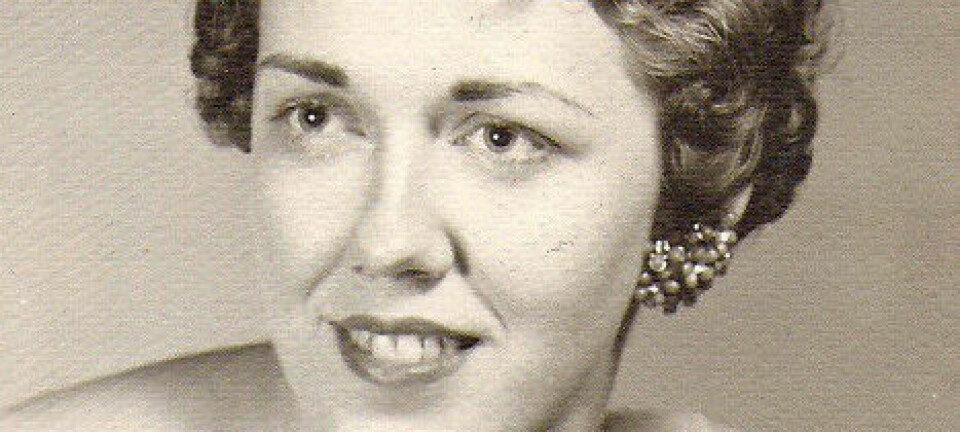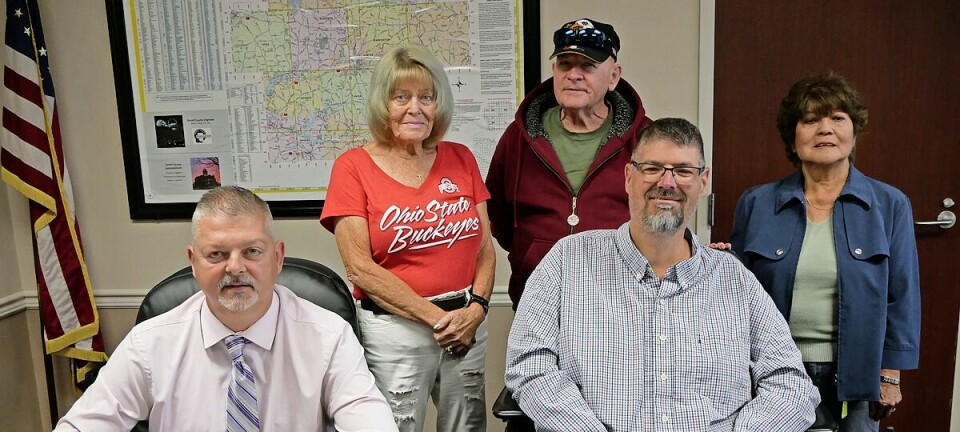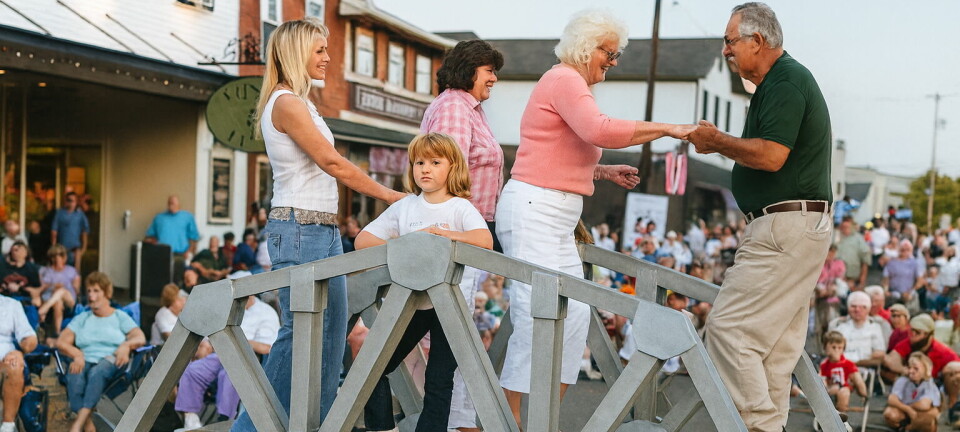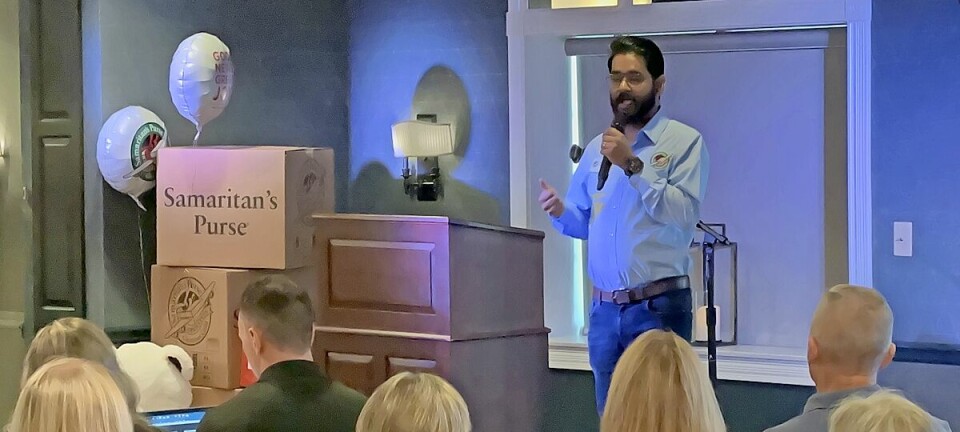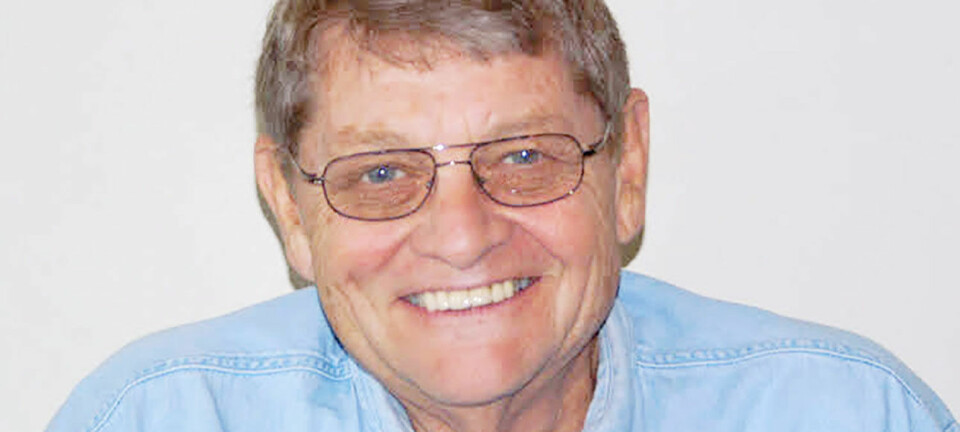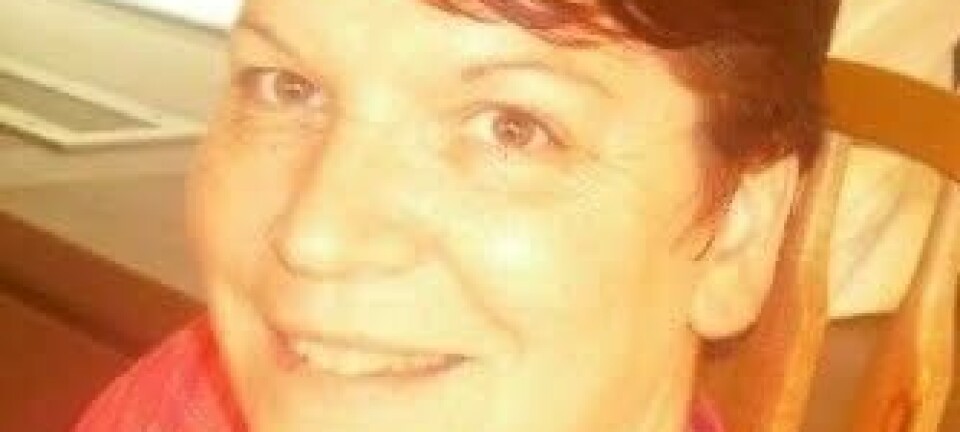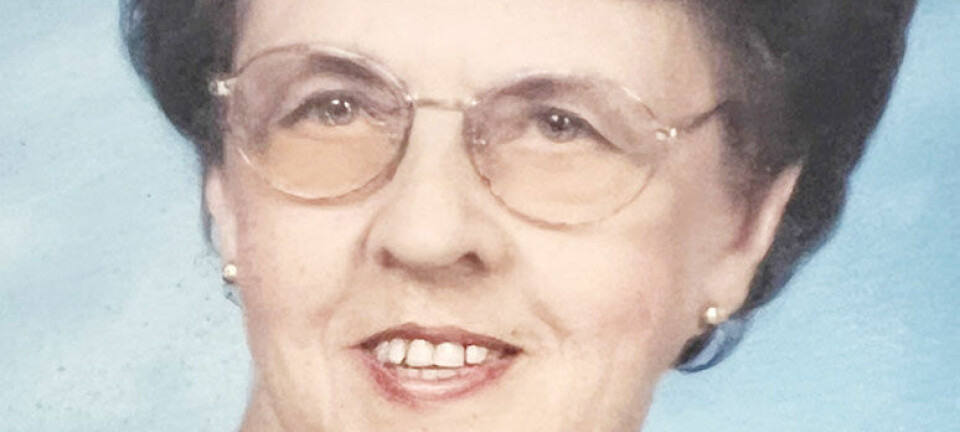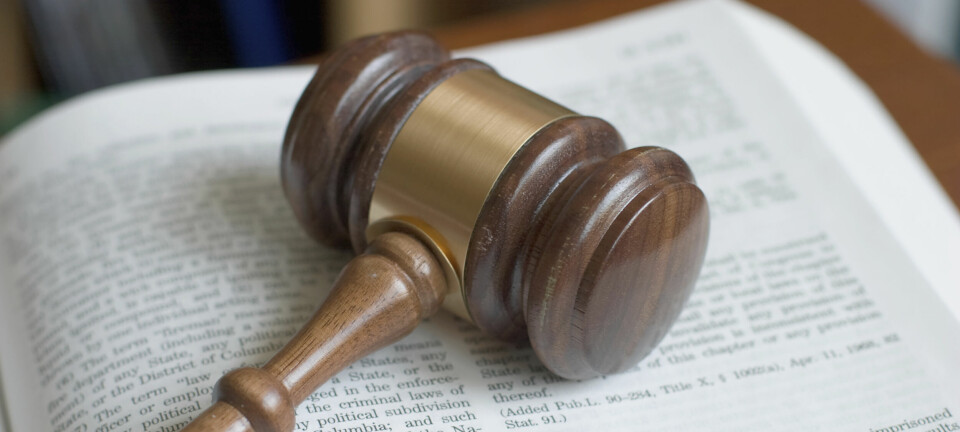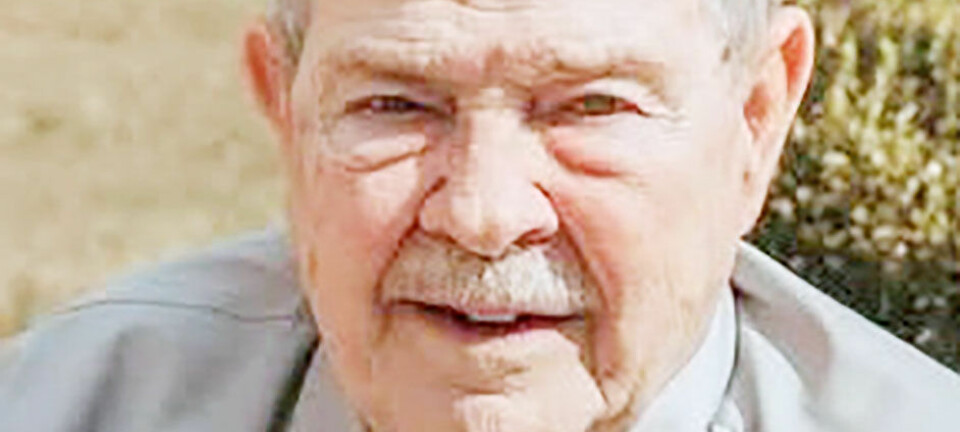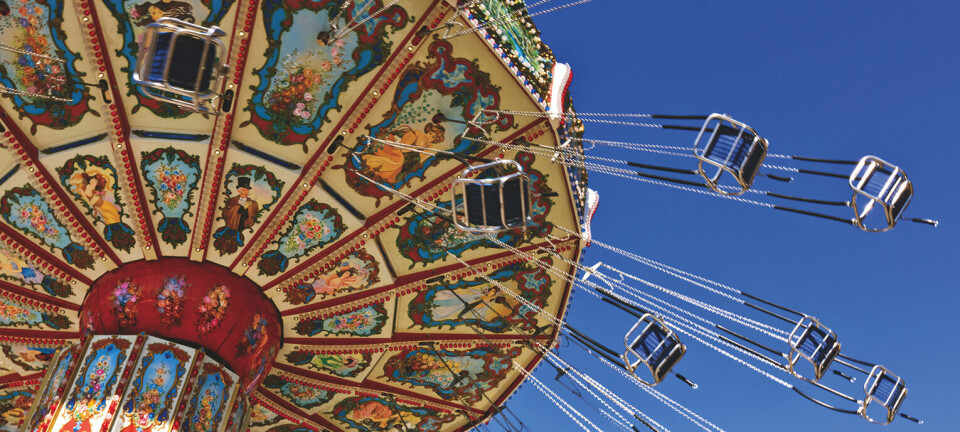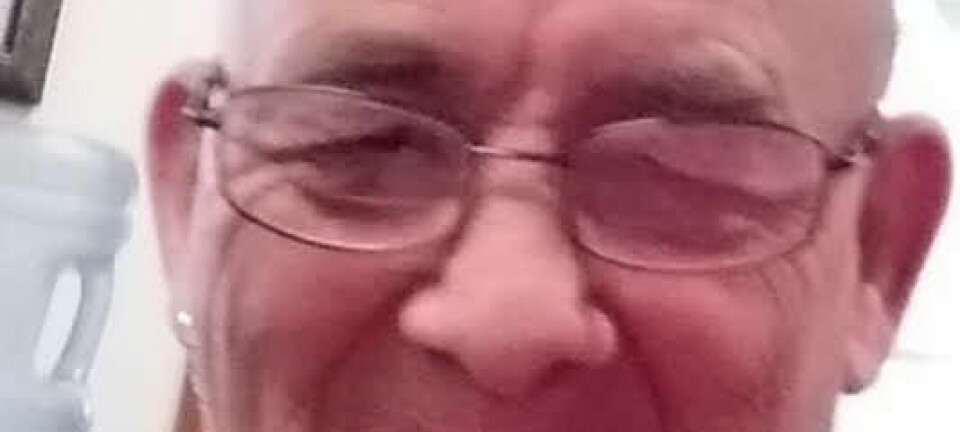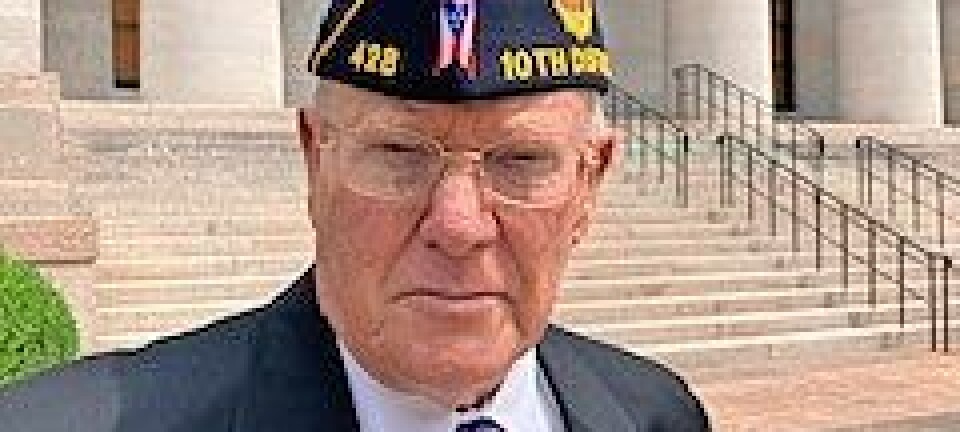Lowry Center namesake a huge influence on COW

Renovations to Lowry Center at The College of Wooster promise to be an achievement in providing not only students and staff with improvements, but also continuing to acknowledge, at least by name and legacy, Howard Lowry and his 23 years as president and for whom the student center is named.
According to the COW release, “The project will encompass a new 8,000-square-foot atrium addition on the existing building and a renovation of the entire interior.”
The cost is estimated at $40 million to be done in phases with an anticipated completion date of December 2022.
Many Wooster and Wayne County residents have visited Lowry Center for activities, the bookstore, food at Mom’s Truck Stop and bowling when it was still there. Howard Lowry’s journey is a key to unlocking the significance of his tenure and why his name still has a continuing connection: independent study.
Since 1866 the college “on the hill” has had 12 presidents with Dr. Sarah Bolton at the helm today. Locals who have followed the college also will remember former presidents who left their mark before Lowry such as Charles Wishart (1919-44) and after Lowry including J. Garber Drushal (1967-77), Henry Copeland (1977-95) and Stan Hales, Jr. (1995-2007).
Lowry first arrived in Wooster on a train in September 1919, and as described in James Blackwood’s biography of “Howard Lowry — A Life in Education,” his education began as follows: “He got off the train. Nobody met him. He searched for his baggage, which didn’t come, and walked the long, dark mile uphill in the rain.” (Blackwood also would become a future Wooster grad and serve as pastor at Westminster Presbyterian Church.)
And so began for Lowry a lifelong commitment to Wooster. As an undergraduate he was already thought to be a scholar in the making. After his Wooster graduation in 1923, he would complete his Ph.D. at Yale and back to Wooster to teach English in 1929. But it was a striking deviation in April 1928, and Lowry was in Oxford, England, working on his dissertation and research on English poet/essayist Matthew Arnold, Lowry’s scholarly interest. This trip would be pivotal to Lowry and in a future context put the college on the early global map: the completion of the Oxford English Dictionary (20 volumes and 600,000 entries of word origins).
It would be Lowry’s expertise in the English language that would eventually propel him to the pinnacle of early success. In 1935 he would be in New York City — and commute to Wooster — when appointed as the first North American general editor and educational manager for Oxford University Press in New York City. He was 34. That possibly led to his teaching at Princeton, which began in 1940.
Lowry was, however, serving as a member of the Wooster board of trustees in 1944. At that meeting to discuss the 80 or so candidates to become the next president, the board and principally Arthur Compton (1927 Nobel Prize in physics) suggested Lowry (not on the list) become the president. He accepted and would become the seventh president in 1944.
The end of the war began his 23-year tenure at his alma mater. Yet it would be his decision in 1947 that would change Wooster forever and establish his legacy — independent study — which he wrote, “To be achieved by the students writing or creating something distinctively his own, an authentic independent study of which he could say, ‘This is mine.’”
It was a hard sell for faculty, yet Lowry succeeded in establishing the program, which is now called Senior IS and is two semesters of a focused study culminating in a thesis. It would be the registrar in 1974, Lee Culp, who would initiate the custom of handing out candy and later pins touting “I did it.”
Much of Lowry’s writing and famed chapel talks indicated a definitive focus on word study. A reading of Lowry’s “College Talks” reveals a number of references to specific words where he would refer to what he called the final or exact word. In his scholarly homilies, he would carefully define and use a specific word such as liberal, education, enigma or greatness, and each description would become a work unto itself, often filled with allusions to poetry and New York experiences. All were a definitive application of what the OED was built upon.
A significant occasion occurred in 1966-67. Still president and single in 1966 and now 65 years old, he would announce his engagement to Gretchen Harmon, who had applied to be Wooster’s dean of women. She was about 25 and living in San Francisco.
Apparently, what ensued on campus was enough for Lowry to pull out a word study following the format of the OED and deliver a most amazing chapel talk in February 1967 on the word "gossip," which had spread on campus. He said, “Gossip is from an old form, God sib, the root meaning of sibling, which means literally God-related; it means having a spiritual relationship with another person. My thesis this morning is that what we need is more gossip and better gossip of wider range and better quality.”
Harmon declined the position at Wooster and stayed in San Francisco. Lowry would visit her that summer and die there of a heart attack. She returned for his funeral at Wooster, and he would be interred in the Wooster cemetery alongside his parents, whom he had buried in Wooster. He would have been 66 on July 26.
At his funeral on July 5, 1967, McSweeney, former U.S. Congressman from Wooster, said, “The three best speakers I have ever heard were President John F. Kennedy, Adlai Stevenson and Dr. Lowry.”
Jim Henery can be emailed at drjrh48@aol.com.


